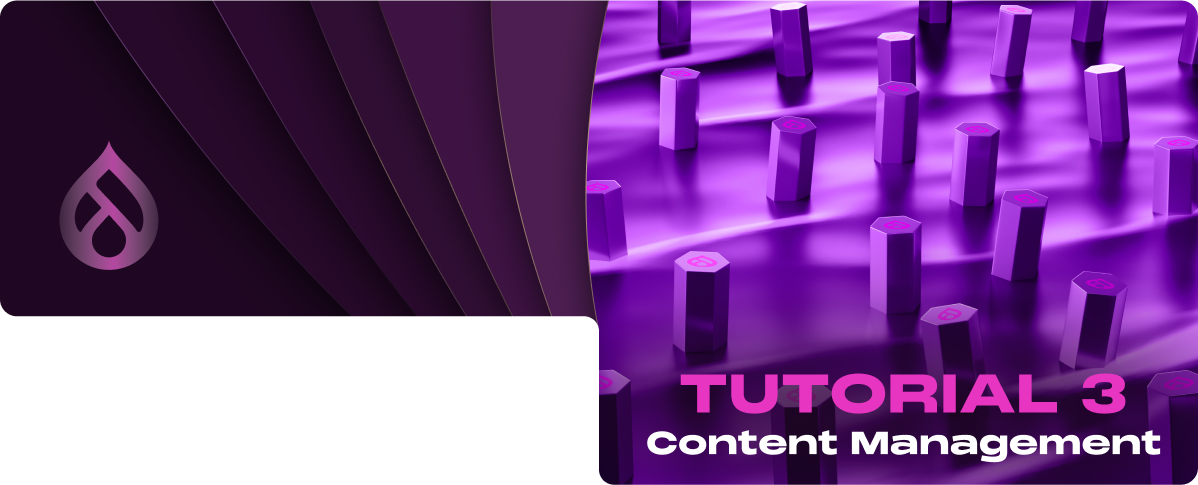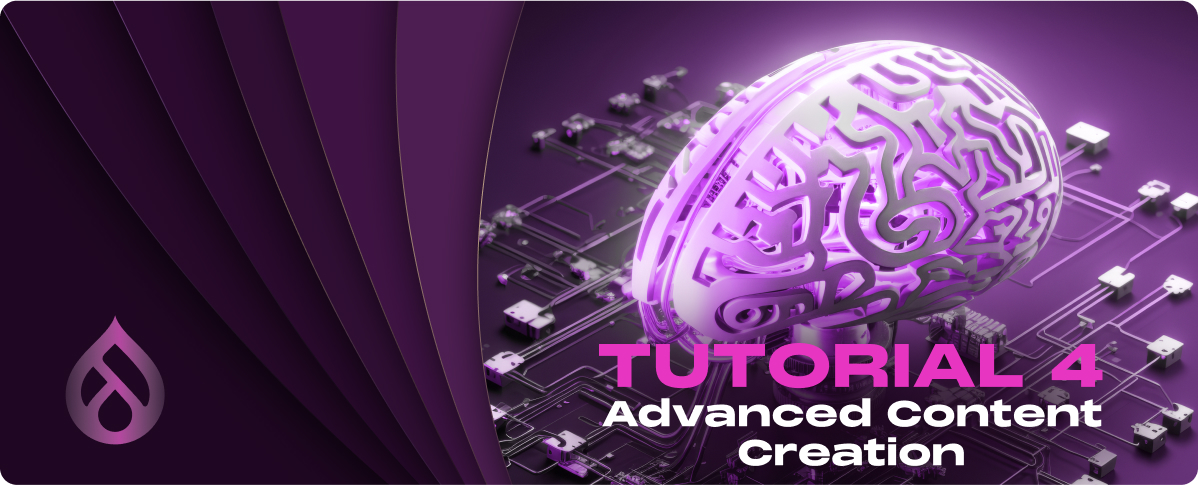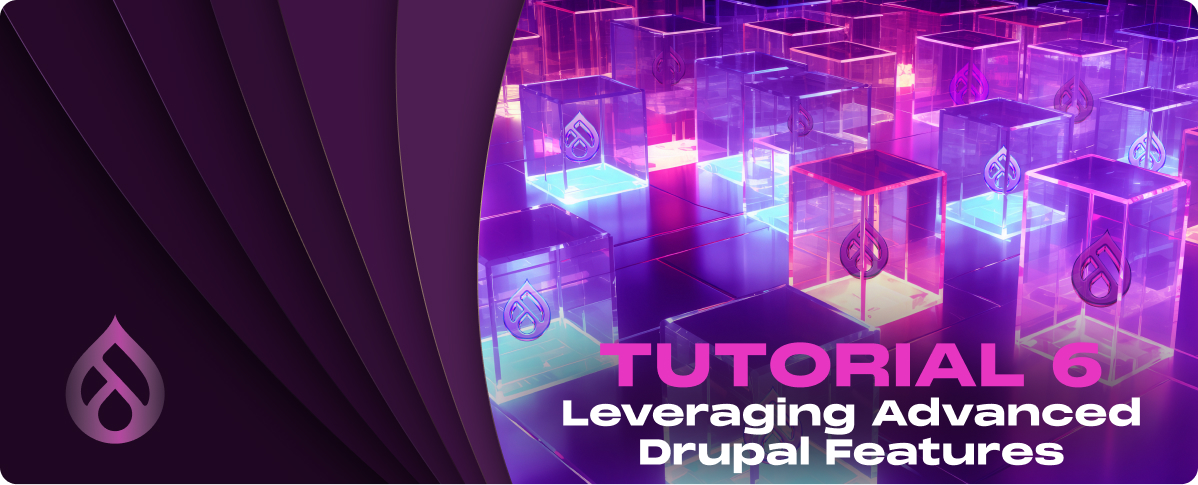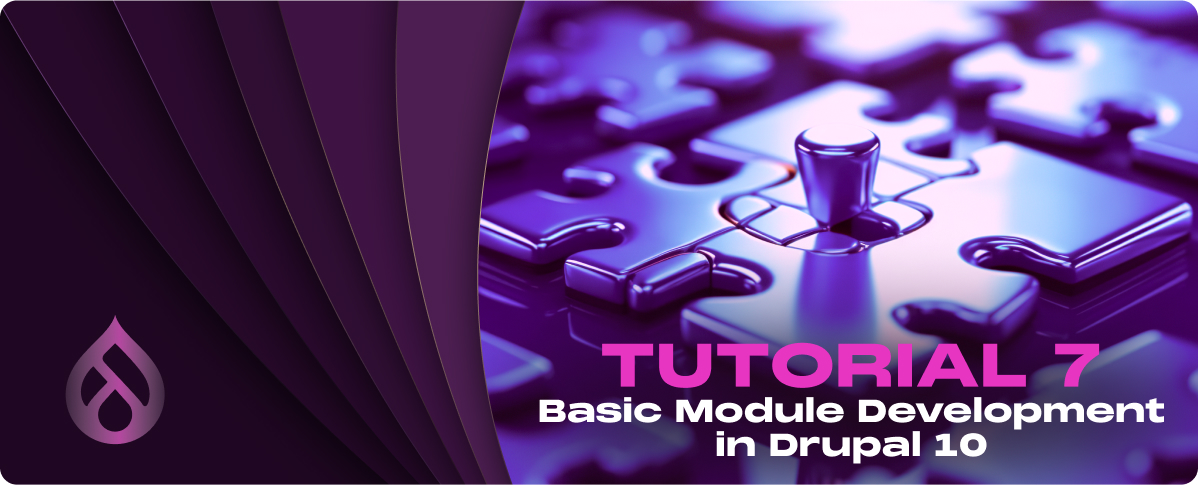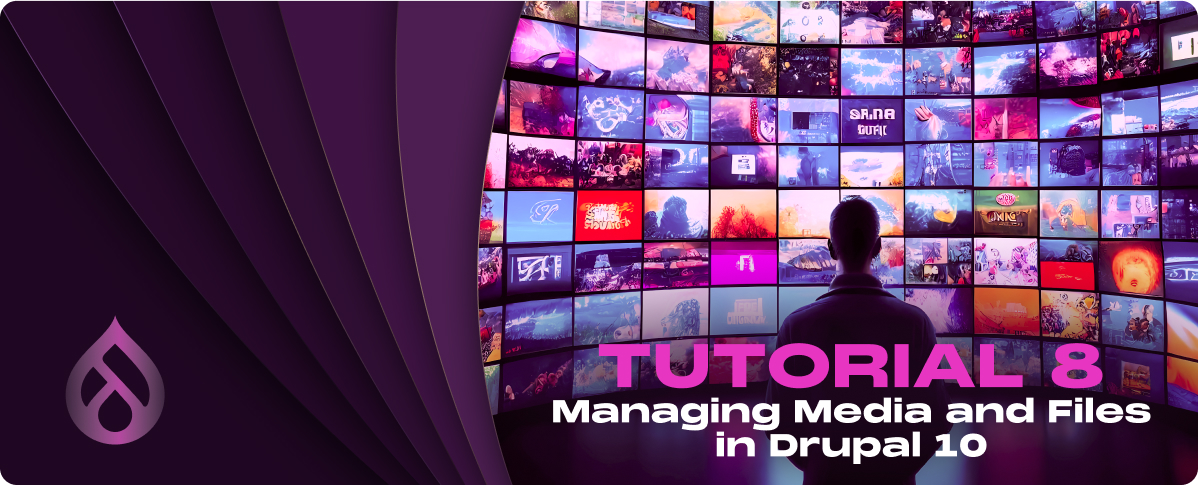Creating Front Page in Drupal
The front page in Drupal is the first page visitors see when visiting your site. By default, Drupal displays a list of the latest content marked as “Promoted to the front page.” However, Drupal allows you to customize this behavior and design your front page according to your needs.
Step-by-Step Guide to Designating and Customizing the Front Page
1. Designate a Custom Front Page
- Navigate to Configuration > System > Basic site settings.
- In the Front page section, you’ll see a field for “Default front page.” Here, you can enter the path of any content (node) you wish to use as the front page. For example, if you’ve created a Basic Page (node) with your welcome message and key information, you can put its path here, like node/1.
2. Create Custom Content for the Front Page
- If you haven’t already created the content for your front page, go to Content > Add content and choose the content type you’d like to create (e.g., Basic Page). Fill in your content and ensure it’s published.
- Remember your new content’s URL alias or node ID, as you’ll need this to set it as the front page.
3. Remove the Default Front Page Content Listing
- If you prefer not to show the default listing of recent content on the front page, leave the “Default front page” field blank and create a Basic Page or another content type as your custom front page.
- Alternatively, customize what content appears on the default front page by managing the content visibility settings (e.g., “Promoted to the front page”).
4. Customize the Front Page Layout
- Use the Block layout to add, remove, or rearrange blocks on the front page. Navigate to Structure > Block layout.
- Some themes and modules allow for more advanced layout customization, offering different regions and layout options for your front page.
5. Use Views for Dynamic Front Page Content
- For a more dynamic front page, you can use the Views module (included with Drupal) to create a custom view. This allows you to dynamically display content such as the latest articles, upcoming events, or featured products.
- Create a new View (at Structure > Views > Add new view) and configure it to display content as you wish. You can then set this view as your front page in the “Default front page” setting or place it as a block on your front page.
Creating Static Pages in Drupal
Static pages are essential components of any website, providing vital information about the site, its mission, policies, contact details, and more. In Drupal, static pages can be created using the Basic Page content type, designed for content that is less likely to change frequently.
Step-by-Step Guide to Creating Static Pages
1. Access the Content Addition Page
- Navigate to Content in the top menu of your Drupal admin interface, and click on Add content. Here, you’ll see a list of available content types.
2. Select the Basic Page Content Type
- Click on Basic Page, which is typically used for creating static content. This action will take you to the content creation form for a Basic Page.
3. Fill in the Basic Page Details
- Title: Enter the title of your page. This title will also be used as the main heading (H1) of your page.
- Body: Add the content of your page. The Drupal text editor allows you to format text and add links, images, and other media. For static pages like ‘About Us’ or ‘Contact,’ ensure the information is clear and concise.
- Utilize the formatting options to structure your content effectively, using headings, bullet points, and paragraphs to enhance readability.
4. Set the URL Alias (Optional)
- Under the URL alias section in the sidebar, you can specify a custom URL alias for your page. This is optional, but setting user-friendly URLs for static pages (e.g., about-us for an About Us page) is good practice.
5. Manage Menu Settings (Optional)
- If you want your static page to be accessible through the main menu, scroll to the Menu settings Check the box for Provide a menu link, and then fill in the Menu link title, which is the text that will appear in the menu. Choose the parent item under which this page should appear, and set the weight to influence its order among other menu items.
6. Publish Your Page
- By default, new content in Drupal is set to unpublished. To make your static page live and accessible to visitors, ensure the Published option is checked under Publishing options.
- Review your page for accuracy, and then click on the Save Your static page is now created and, if selected, added to your site’s navigation menu.
7. View Your Page
- After saving, you’ll be taken to the newly created page, where you can see how it looks on the front end. Check to make sure all elements are displaying correctly and that the page appears as part of the specified menu, if applicable.
Creating a Blog in Drupal
A blog is a dynamic way to communicate with your audience and share insights, news, and updates. Drupal’s flexible content management system makes it an excellent platform for hosting a blog.
Step-by-Step Guide to Adding Blog Posts
1. Enable the Blog Module
- Before starting blogging, you must ensure the Blog module is enabled. Navigate to Extend in the Drupal admin menu, search for the Blog module, check its box, and then click the Install This module provides a predefined content type and listing for blog posts.
2. Add a New Blog Post
- Go to Content > Add content > Blog post to create a blog post. You will be directed to the blog post creation page.
3. Fill in the Blog Post Details
- Title: Enter a compelling title for your blog post. This is the first thing your readers will see, so make it engaging.
- Body: This is where you add the content of your post. The Drupal text editor allows for rich text formatting. You can add images, videos, and links to enhance your blog post. Utilize headings, lists, and quotes to structure your content effectively.
4. Set Up Categories (Tags)
- If the Taxonomy module is enabled and configured for blog posts, you can assign categories or tags to your posts. This helps organize your content and makes it easier for readers to find related posts.
5. Specify the Blog Post’s URL Alias (Optional)
- You can set a custom alias for your blog post in the URL alias section. A user-friendly URL can improve how your post is perceived by search engines and readers (e.g., blog/my-first-post).
6. Adjust Publishing Options
- In the Publishing options section, you can control the visibility of your post. To make your blog post publicly accessible, check the Published If your theme and configuration support these features, you can also promote your post to the front page or make it sticky at the top of lists.
7. Preview and Save Your Blog Post
- Use the Preview button to see how your blog post will look once published. This is a good opportunity to check for any formatting issues or typos. Once you’re satisfied with the preview, click the Save button to publish your blog post.
8. View Your Post
- After saving, you’ll be directed to the published blog post. Verify that everything appears as expected and your post is now part of your site’s blog.








































